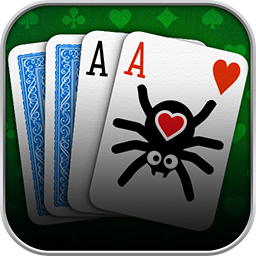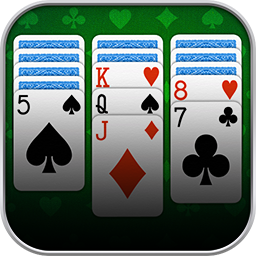Bringing Cards Into Play
Whereas playboards, tokens, dice, and calendar cards were known in Ancient Egypt and Mesopotamia, playing cards made of paper or cardboard are more recent.
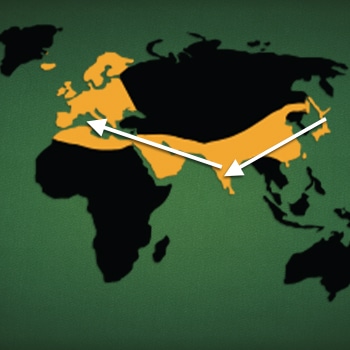
Their first accounts point to 12th century China and Japan. Via India, the Persian Empire, and the Arab world, playing cards eventually came to Europe, where the first accounts of playing cards date back to the 14th century:
In 1367, a court in Bern, Switzerland, banned a deck of cards, vilifying it as a “prayer book of the devil”. But neither authoritative bans nor condemnation by the Christian church had much effect.
At first, card games were accessible mainly for the well-to-do. Designs of card decks are passed down from the 15th century. Often, significant artists of their time painted them.
Each deck of cards was one of a kind! Guilds of card painters were founded – in Nuremberg, for example. The invention of the woodcut technique and the ensuing constant improvement of printing technology gave ordinary people access to formerly expensive playing cards. That led to the triumph of playing cards in Europe. Of course, authorities demanded what they considered to be their share: Already in 1583 in France, a tax on playing cards was imposed.
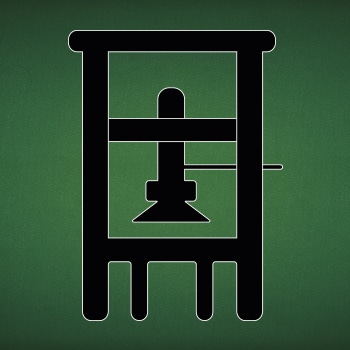
Where did it originate?
Legend has that cards were first used for playing solitaire games during the French Revolution. Supposedly, an imprisoned nobleman waiting for his execution began playing Solitaire. The game would spread among his fellow prisoners and, somehow, to the new rich, who also had playing cards and plenty of time to pass. But what do we know?
The roots of solitaire games, which are also called patience games in Europe, are not fully known: Some scientists assume France as its place of origin. Others locate it in Germany or Scandinavia.
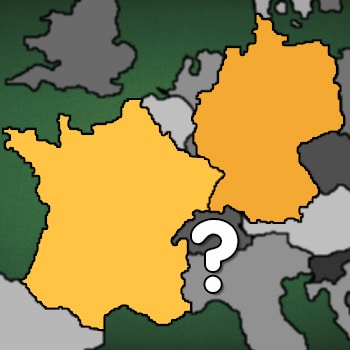
A book published in 1788 in Germany provides the earliest written proof for patience games. The book is a collection of rules for different games, and its title translates to The new Royal l’Hombre. This refers to a popular, most likely Spanish card game at the time, which strongly influenced the history of card games in Europe. This book dedicates a chapter titled Patience to explaining a single-player card game. For a detailed explanation of our modern Spider Solitaire, have a look at our manual.
The term patience came from French to the English language, describing endurance and longanimity. The French word solitaire was also incorporated into English as solitary, meaning alone or by oneself. These terms describe the game’s course quite fittingly: You do not need fellow players but a lot of patience. The challenge lies in the mental exercise of resolving the constellation of cards. You compete against the system.
Going Solo
It seems like patience games have not always been single-player games. The book mentioned above describes Patience as a game for two people, with only one person actively playing. The person not playing could bet for or against the player. After one round, they would switch. It was not passed down when or why this element disappeared, turning Solitaire into a true single-player game. It seems likely that players practicing alone to improve their skills caused this change.
The Rise
There are plenty of unverified tales about famous Solitaire players. Among others, Napoleon allegedly played the game intensively in his exile in Saint Helena.
That can neither be proven nor does it seem very likely. Napoleon would have probably opted for a more contemporary game of the early eighteen-hundreds.
However, it is true that by the middle of the nineteenth century, Solitaire gained momentum in France and England. One hundred years later, our modern solitaire games started emerging. Many books describing even more variations emerged in that period.
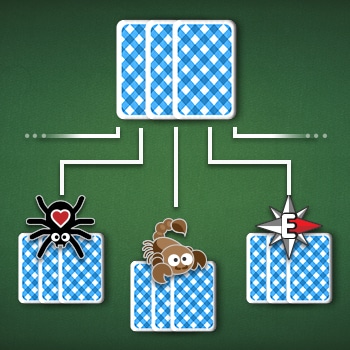
Spider Solitaire Emerges
Spider Solitaire is distinctly younger than other Solitaire variations since its first account dates back to 1917. Microsoft largely contributed to this specific variety’s success. Spider Solitaire was first brought to the attention of a broad audience when it was published within the enhancement Microsoft Plus! 98 for Windows 98. Before, Windows had already offered Klondike and FreeCell Solitaire. With Spider, there were now three games of the Solitaire family available for Windows. How could an operating system have such an impact?
Booming in the 1980s
The impressive triumph of solitaire games began in the 1980s. It is directly linked to the development of the first personal computers (PCs). To understand how these two phenomenons are connected, let us open up the scope a little bit: Some card games come with a complex preparation phase with specific rules for shuffling and dealing the cards.

While playing, especially in Solitaire, revealing and moving many cards follow strict rules as well. These tasks can negatively impact the fun factor. Here, the PC can put its strong suit to work! Quickly and accurately, it takes care of these monotonous tasks.
Suddenly, the player only needed to press a button and watch the cards automatically move across the screen. What was left was the addictive essence of the joy of playing.
Global – Thanks to Windows
There already were aesthetic, digital implementations of Solitaire for the C64 or Amiga 500. But worldwide success and popularity came with the development of Microsoft’s operating system.
When working on Windows 3.0, Microsoft wanted to add a couple of games to their basic version. Alongside the popular Minesweeper, they chose Solitaire, which an intern was working on at the time. The idea was playfully teaching users how to use the mouse and the drag and drop concept, which was pretty new in 1990. With Windows 98, the spider joined the gang! And until 2013’s Windows 8.1, Microsoft always included Spider Solitaire with the operating system, which explains the game’s high profile.
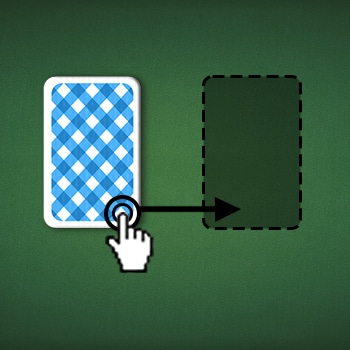
Microsoft Spider Solitaire supposedly was the most played game on Windows PC in 2005. Today it is well renowned, and many people probably assume that the game’s conception and development do not date further back than the Microsoft version.
Multiplayer Spider
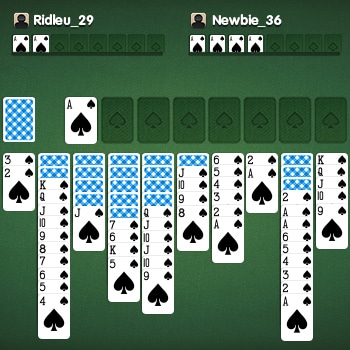
Enough of the past – let us take a look at the present and the future! At the Spider Palace, we want to make Spider Solitaire a group experience without changing its distinct character: We preserve challenging yourself, playing calmly, and the fun of pondering.
If you like, you can play while socializing with players across the globe. At a table in the Palace, everybody has to solve the same situation! At the beginning of a round, all players receive the same setup of cards.
Each player resolves their game on their own. Each player’s moves score points – positive and negative ones. Consequently, the way the players solve the game becomes comparable. The player gaining the most points wins! Both efficiency and speed are vital to collecting points, preserving the game’s original atmosphere.
See for yourself
Be part of the ongoing history of Solitaire games and give our innovative realization of Spider Solitaire a try. We hope you will enjoy our game and become part of the Spider community!


